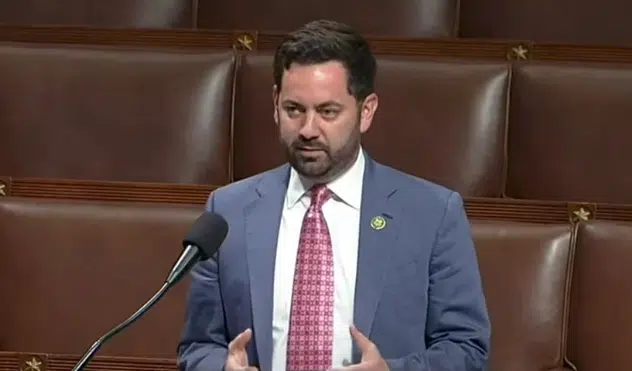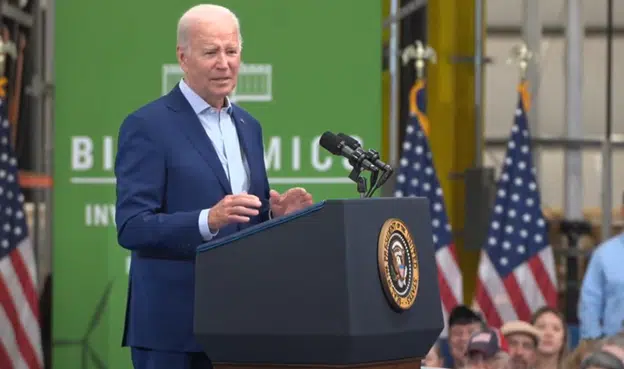By Robert Romano – In 2010, unemployment benefits exploded to a record high of $157 billion, according to the White House Office of Management and Budget. The increase, up from $32 billion in 2007 and $42 billion in 2008, largely comes from Congress actively increasing the length of time under which benefits can be received, from the traditional 27 weeks to up to 99 weeks.
Like other so-called mandatory spending programs, when Congress increases eligibility for unemployment benefits, the amount of funds for the program increases in tandem. After that, the spending is pretty much on autopilot. Meaning, if Congress does not roll back the increased eligibility, the monies are automatically drawn from the Treasury by the bureaucrats administering the program.
Congress has justified these increases based on the current high levels of unemployment at 8.9 percent, and the duration of unemployment that currently finds about 6 million Americans that have been unemployed for 27 weeks or more. So the thinking goes, these people cannot find work, so they need government assistance.
But what if the proper formulation is: individuals who are on long-term unemployment benefits do not have an incentive to find work? Unemployment benefits average nationally about $293 a week, or $7.32 an hour for a 40-hour work week. That’s slightly more than the $7.25 an hour minimum wage.
Moreover, depending on what state one lives in, individuals can collect maximum benefits ranging from $230 a week in Mississippi to $628 a week in Massachusetts. In fact, taking an average of the 50 states plus the District of Columbia finds that maximum benefits average about $400 a week, or $10 an hour.
Right off the bat, those on long-term unemployment benefits have an economic incentive not to seek jobs that pay at or about the minimum wage. Even if an individual found a job paying, say, $8 an hour, which is the better deal? Working hard all week and earning $320, or not, and still earning anywhere from $230 to $628?
The fact is, that unemployment benefits have created a perverse incentive not to work. And it has not gone unnoticed. According to the Congressional Budget Office, “had [unemployment] benefits not been available, some people would have made different decisions about work and seeking out other sources of income. For example, some people would have taken a job or increased their income from other sources, such as the added earnings of a spouse, and some older people would have retired earlier and received income from sources such as Social Security or private pensions.”
By that analysis, long-term unemployment benefits is feeding the problem of long-term unemployment. Does that make sense?
Emphasizing this point, in March 2010, J.P. Morgan Chase’s Michael Feroli issued an economic report that found that “lengthened availability of jobless benefits has raised the unemployment rate by 1.5% points.”
Therefore, the only compassionate thing to do is to reduce the length of unemployment benefits back to 27 weeks so that 2.3 million people get back to work. This would save about $110 billion a year, and would be the best stimulus that could be put into effect. The newly employed individuals would engage in increased economic activities, consume less taxpayer resources and becomes taxpayers themselves again, reducing the deficit further.
Congress needs to act now to bring an end to the insane policy of paying people not to work so that America gets back to work.
Robert Romano is the Senior Editor of Americans for Limited Government.






